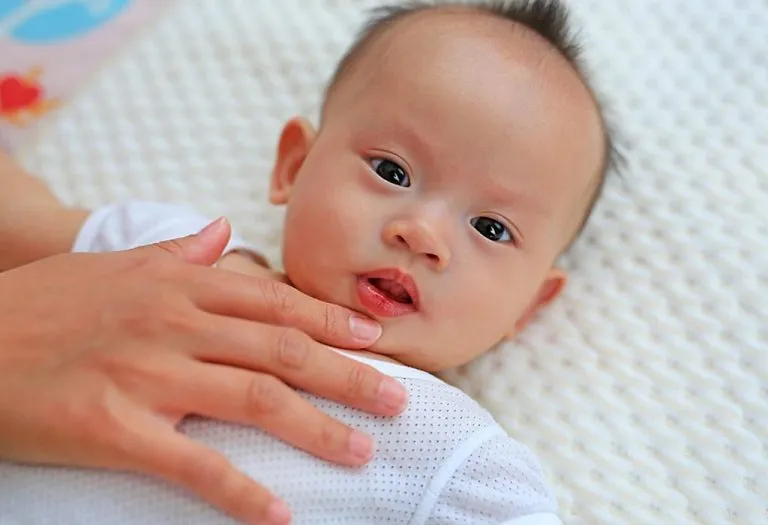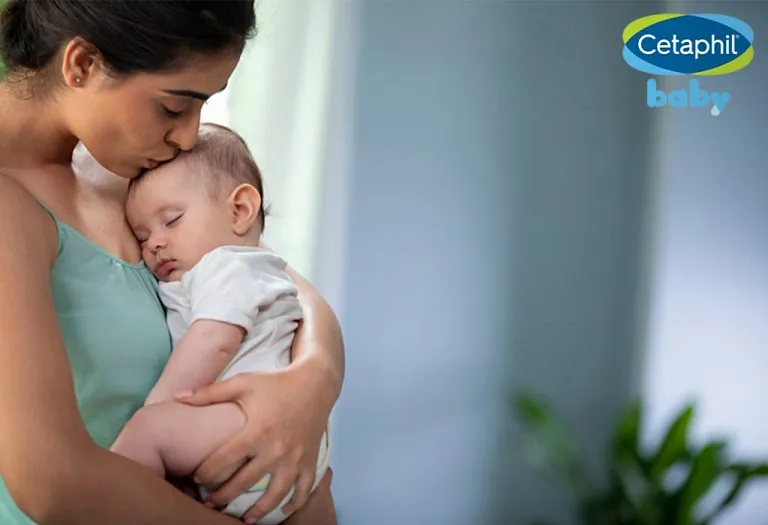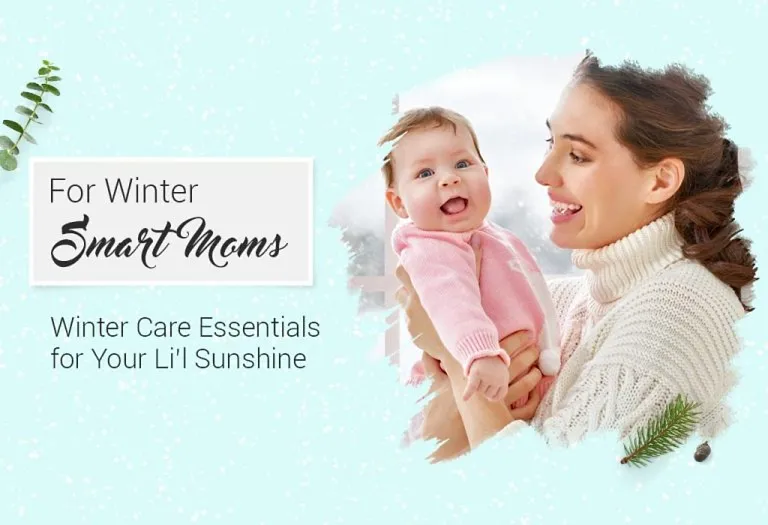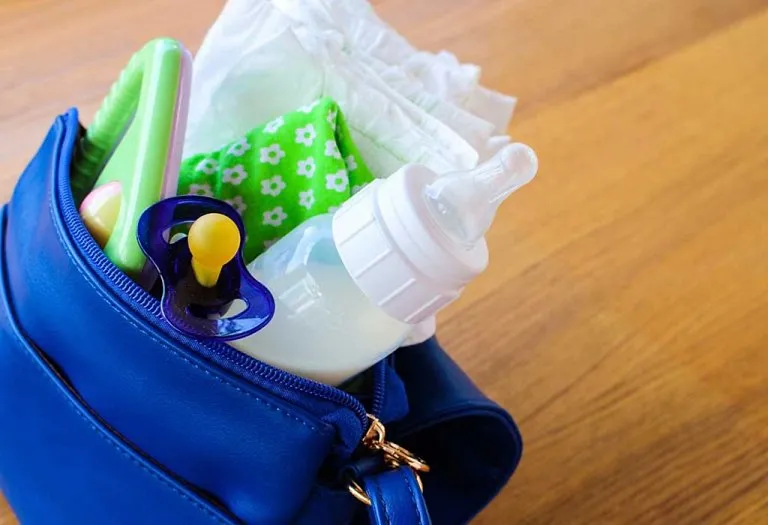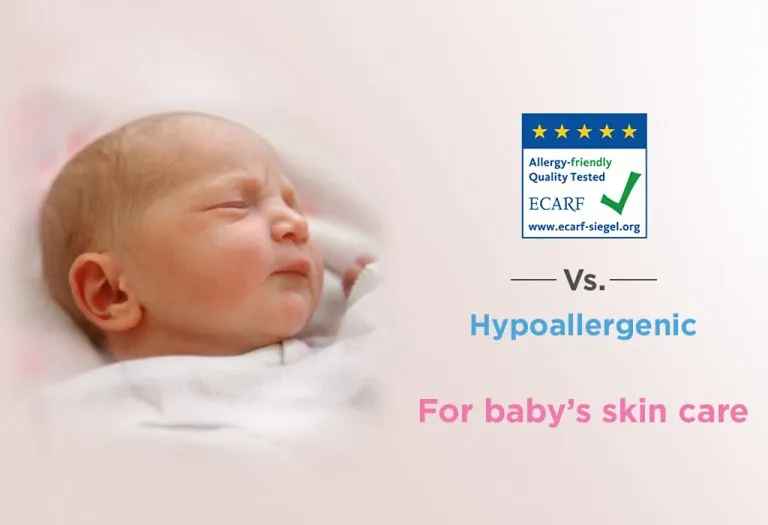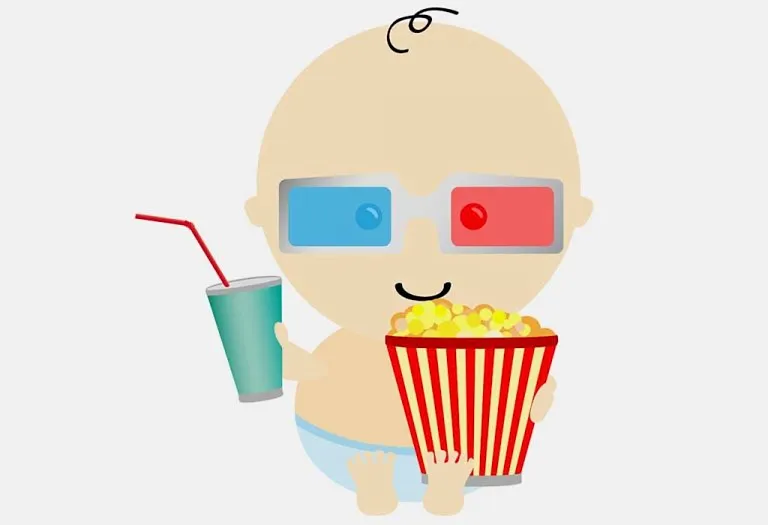Newborn Lip Blister: Causes, Signs, and Tips to Deal With It
Welcoming a newborn into your life is a joyous occasion, but it comes with many questions and concerns. One common problem that parents may encounter is the presence of a blister on the lip of a newborn. You’re not alone if you’ve noticed your newborn with a blister on the lip. This article will explore what these blisters look like, their potential causes, the symptoms to watch for, treatment options, healing tips, and when seeking medical attention is essential. Let’s delve into the world of newborn lip blisters and better understand how to care for your little one.
How Do Blisters on a Baby’s Lip Look Like?
Newborns are delicate, and their tiny lips can sometimes develop blisters. These blisters on the lips of a newborn can be pretty concerning for parents. To recognise them, here are some signs to look out for:
- Small Fluid-Filled Bumps: Newborn lip blisters typically appear as small, clear, or yellowish fluid-filled bumps on the lip’s surface.
- Pain or Discomfort: Your baby may exhibit discomfort or pain, manifesting as increased fussiness or difficulty feeding.
- Redness and Swelling: The area around the blister may become red and slightly swollen.
- Crusting: In some cases, a crust may form over the blister as it starts to heal.
While these signs are concerning, they are not uncommon, and there are various reasons why a newborn might develop a blister on their lip.
Causes of Lip Blisters in Babies
Understanding the causes of lip blisters in babies is crucial for effective management and prevention. Here are some common factors that can lead to blister formation on a baby’s lip:
1. Breastfeeding or Bottle-feeding
Lip blisters can form in newborns due to the repetitive motion and suction during breastfeeding or bottle-feeding. These blisters are often harmless and will heal as the baby adjusts their feeding technique.
2. Viral Infections
Herpes simplex virus (cold sores) or hand, foot, and mouth disease can cause blisters on or around a baby’s lips. A paediatrician must be consulted for proper diagnosis and care.
3. Skin Irritants
Exposure to certain irritants, like acidic foods, can cause blisters on a baby’s lips. Cleaning the baby’s face after meals can help prevent this.
4. Drooling
Excessive drooling, especially during teething, can chap the skin around the lips and lead to blisters. Keeping the area dry and moisturised can help reduce the risk.
5. Sunburn
Just like adults, babies’ delicate skin can get sunburned, leading to blisters on the lips. It’s crucial to protect a baby’s skin from direct sunlight and use baby-safe sunblock when outdoors (3).
6. Allergic Reaction
Some babies might develop lip blisters due to an allergic reaction to certain foods, skincare products, or environmental factors. Parents should monitor for other signs of allergies and seek medical advice if unsure.
Symptoms of Blisters on Your Baby’s Lips
Recognising the symptoms associated with infant blister on the lip is crucial for providing the proper care and comfort for your baby. Here are some common symptoms to watch for:
- Fluid-Filled Blisters: Blisters appear as tiny, fluid-filled sacs on the lips. They can vary in size and may be transparent or slightly cloudy (5).
- Redness and Swelling: The affected area around the blister may become red and swollen, making it more noticeable.
- Pain and Discomfort: Babies may exhibit signs of discomfort, such as fussiness, crying, or difficulty feeding due to the pain caused by the blisters.
- Tingling or Itching: Older infants or toddlers may express discomfort by rubbing or scratching their lips due to the tingling or itching sensation (6).
- Fever: Sometimes, lip blisters may coincide with a fever, indicating an underlying viral infection (2).
- Sore Throat: If the blisters result from a viral infection like herpes simplex virus (HSV), your infant might also experience a sore throat (4).
- Difficulty Eating: Babies with lip blisters may have trouble latching onto the breast or bottle, leading to feeding problems and potential weight loss.
- Excessive Drooling: Increased drooling can occur due to discomfort or pain associated with lip blisters.
- Crusting and Scabbing: The blisters may form crusts or scabs on the lips as they heal. It’s essential not to pick at these, as it can lead to infection or scarring.
- Spread to Surrounding Areas: Blisters can sometimes spread to the surrounding skin, including the chin, cheeks, or inside the mouth, causing additional discomfort.
While these symptoms can be distressing for you and your baby, it’s important to remember that most newborn lip blisters do not cause panic and can be managed effectively.
Treatment for Lip Blisters in Babies
If you’ve noticed a blister on baby’s lip, you may wonder how to relieve them. Here are some treatment options to consider:
1. Keep it Clean: Use mild soap and water to cleanse the impacted area to prevent infection.
2. Avoid Irritants: Ensure that any products that come into contact with your baby’s lips, such as pacifiers, are clean and free from potential irritants.
3. Use a Barrier: A gentle barrier ointment, such as petroleum jelly, can help protect the blistered area from further irritation.
4. Monitor Feeding: Monitor your baby’s feeding habits and ensure they are comfortable during feedings. If needed, consult with a lactation consultant for breastfeeding support.
Tips to Heal Baby’s Lip Blisters
Besides the treatment choices outlined earlier, here are some suggestions to help the healing of your baby’s lip blisters:
- Promote Adequate Hydration: Ensure your baby is well-hydrated, as proper hydration can aid healing (7).
- Avoid Sun Exposure: Protect your baby from direct sunlight and extreme heat, which can worsen the condition.
- Use Soft, Clean Clothes: Wipe your baby’s face with soft, clean clothes to prevent further irritation.
- Practice Patience: Lip blisters typically resolve independently within a week or two. Be patient, and give your baby’s body time to heal.
Every baby is unique, and what works for one may not work for another. If you have concerns about your baby’s lip blisters or if they worsen, consult your paediatrician for guidance.
When to Call the Doctor
Although most lip blisters in babies typically heal on their own with proper care, there are times when it’s essential to seek medical help. Reach out to your doctor if:
- The blister appears infected, with signs of pus, increased redness, or warmth (1).
- Your baby develops a fever along with the blister.
- The blister does not improve or worsen despite home care.
- Your baby experiences severe discomfort or difficulty feeding.
Your paediatrician can assess the situation and guide the appropriate course of action.
FAQs
1. Can pacifiers lead to blisters on a baby’s lips?
Yes, prolonged and vigorous sucking on pacifiers can create friction and pressure on a baby’s lips, potentially leading to the development of blisters. Ensuring that pacifiers are clean and free from irritants is essential to minimise the risk.
2. Are milk blisters painful for infants?
Milk blisters, also known as milk blebs or blisters, can sometimes develop on a baby’s lips due to breastfeeding issues. While they can be uncomfortable for the baby, they are not typically painful. However, they may cause discomfort during feeding, leading to fussiness.
Discovering a blister on your newborn’s lip can be concerning, but you can effectively manage and treat the condition with the proper knowledge and care. Remember that most lip blisters in babies are harmless and will heal with time and appropriate care. If you ever have doubts or concerns, don’t hesitate to reach out to your paediatrician for guidance and support as you navigate this journey of parenthood. Your baby’s health and well-being are always a top priority.
References/Resources:
1. Cold sores; Healthdirect; https://www.healthdirect.gov.au/cold-sores
2. Cold sore; NHS inform; https://www.nhsinform.scot/illnesses-and-conditions/mouth/cold-sore/#symptoms-of-cold-sores
3. Cold Sores in Children: About the Herpes Simplex Virus; American Academy of Pediatrics; https://www.healthychildren.org/English/health-issues/conditions/skin/Pages/Herpes-Simplex-Virus-Cold-Sores.aspx
4. Herpes simplex virus; WHO; https://www.who.int/news-room/fact-sheets/detail/herpes-simplex-virus?gad_source=1&gclid=EAIaIQobChMI96Ggpo2hhQMVfDrUAR2A3QoOEAAYASAAEgJ8SvD_BwE
5. Mouth Sores (Viral) Herpes Gingivostomatitis; Nationwide Children’s Hospital; https://www.nationwidechildrens.org/conditions/mouth-sores
6. Cold sores; Raising Children Network; https://raisingchildren.net.au/guides/a-z-health-reference/cold-sores
7. Cold sores; NHS; https://www.nhs.uk/conditions/cold-sores/
Also Read:
Chapped Lips in Newborn
Mouth Ulcers (Canker Sores) in Newborns & Children
Home Remedies for Mouth Ulcers in Newborns & Children
Was This Article Helpful?
Parenting is a huge responsibility, for you as a caregiver, but also for us as a parenting content platform. We understand that and take our responsibility of creating credible content seriously. FirstCry Parenting articles are written and published only after extensive research using factually sound references to deliver quality content that is accurate, validated by experts, and completely reliable. To understand how we go about creating content that is credible, read our editorial policy here.





